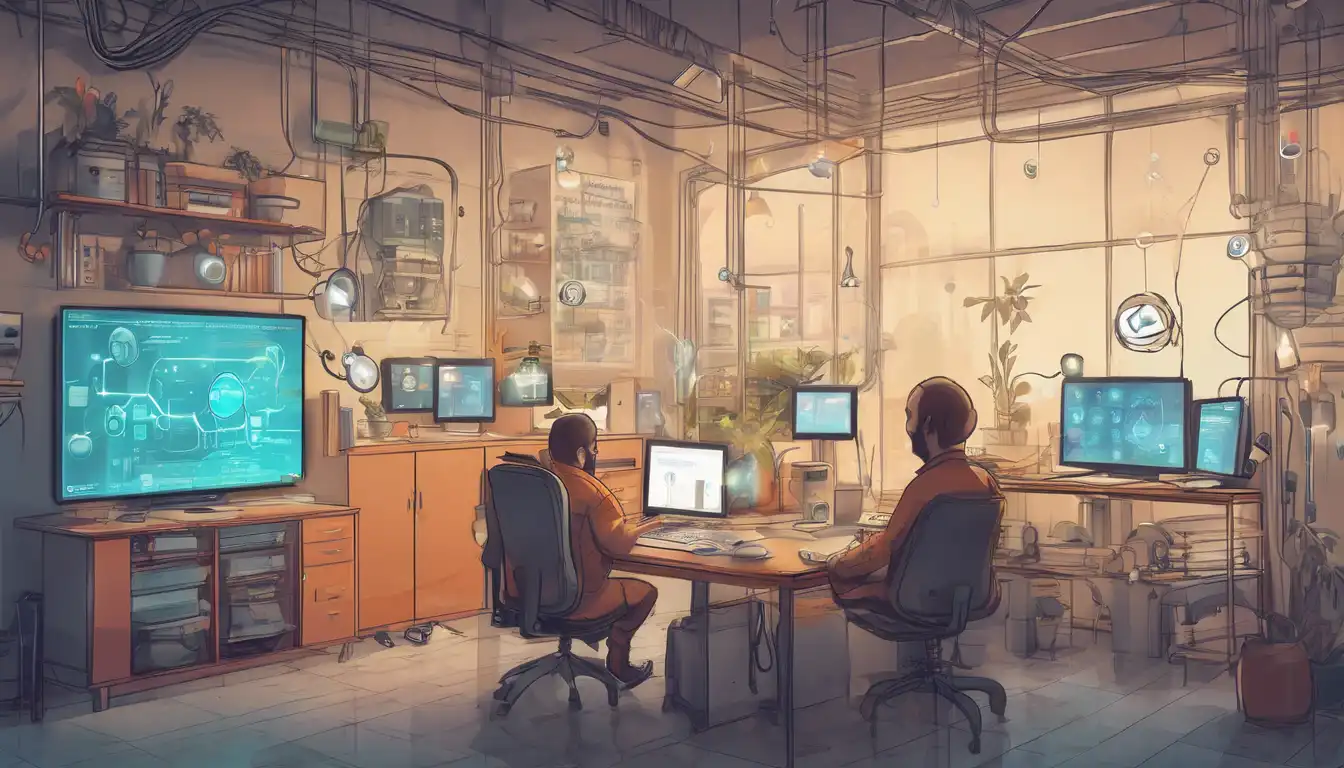Introduction to IoT Development
The Internet of Things (IoT) is revolutionizing how we interact with the world around us. From smart homes to connected cars, IoT development is at the heart of this transformation. This guide is designed to help beginners take their first steps into the world of IoT development, offering insights into the tools, technologies, and best practices needed to start building connected devices.
Understanding IoT
IoT refers to the network of physical objects—"things"—that are embedded with sensors, software, and other technologies for the purpose of connecting and exchanging data with other devices and systems over the internet. These devices range from ordinary household items to sophisticated industrial tools.
Getting Started with IoT Development
To begin your journey in IoT development, you'll need to familiarize yourself with a few key concepts and tools:
- Hardware: Start with a development board like Arduino or Raspberry Pi, which are perfect for beginners.
- Software: Learn programming languages relevant to IoT, such as Python, C++, or JavaScript.
- Networking: Understand how devices communicate over the internet, including protocols like MQTT and HTTP.
- Security: IoT devices are often targets for cyber attacks, so it's crucial to learn about securing your devices and data.
Choosing the Right Tools
Selecting the right tools is critical for successful IoT development. For hardware, beginners might start with an Arduino Uno or Raspberry Pi. For software, platforms like Node-RED can simplify the process of connecting devices and creating IoT applications.
Building Your First IoT Project
A simple project to start with could be a smart LED that you can control from your smartphone. This project would introduce you to basic concepts like device connectivity, remote control, and possibly even integrating with voice assistants like Alexa or Google Assistant.
Best Practices in IoT Development
As you dive deeper into IoT development, keep these best practices in mind:
- Always prioritize security to protect your devices and data.
- Consider the scalability of your projects from the start.
- Stay updated with the latest trends and technologies in IoT.
- Test your projects thoroughly to ensure reliability and performance.
Conclusion
IoT development offers endless possibilities to innovate and improve the way we live and work. By starting with the basics and gradually building your skills and projects, you can become proficient in creating connected devices that make a difference. Remember, the journey of a thousand miles begins with a single step, and your IoT development journey starts here.
For more insights into IoT and related technologies, check out our technology section for a wealth of resources and guides.
